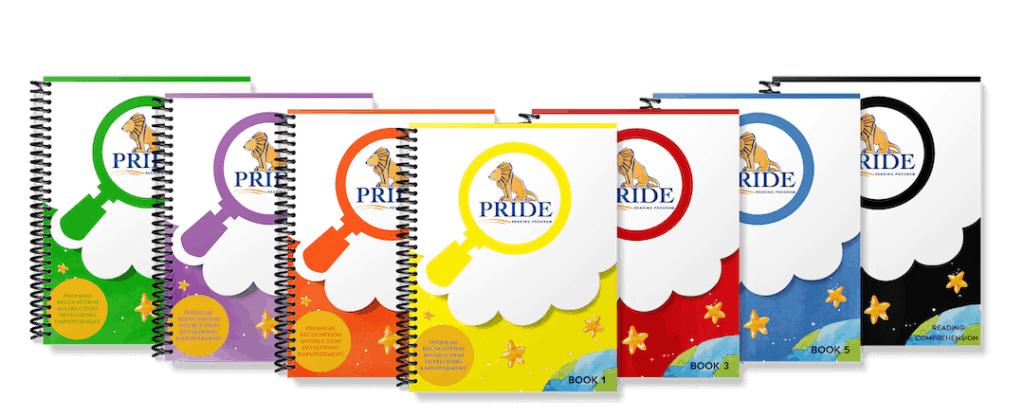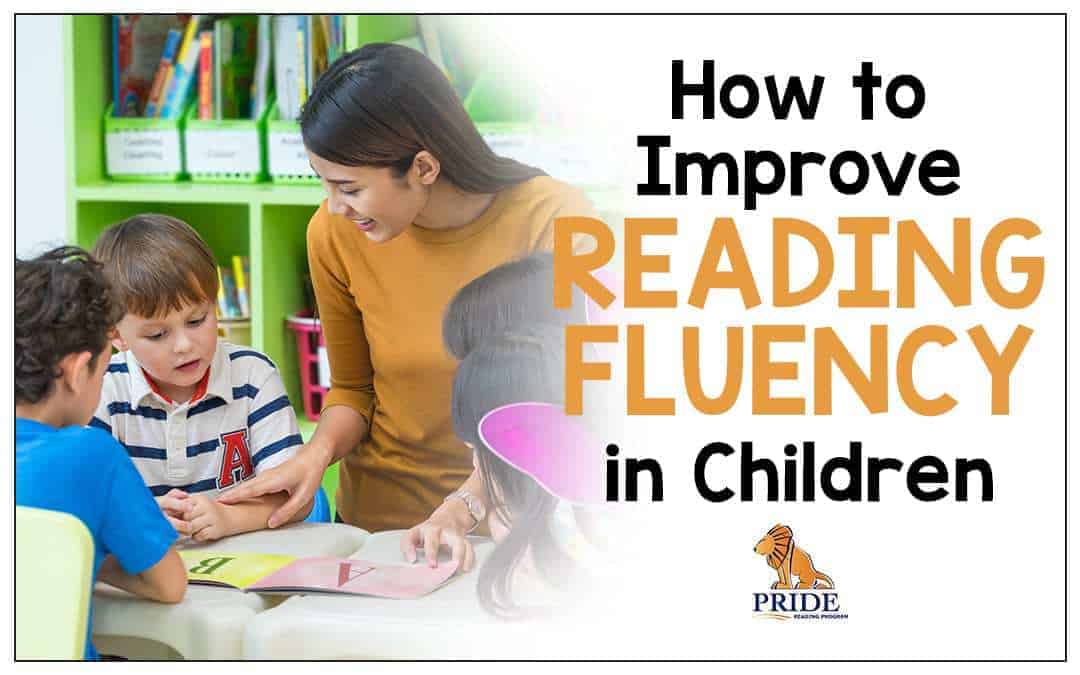Reading fluency is one of those skills that a child needs to become a strong and independent reader. The ability to read effortlessly, quickly, accurately, and with expression plays an essential role in becoming a competent reader. If your child is struggling with reading fluency, there are many strategies that you can use at home to support your child with this critical and lifelong skill. On today’s post, I am going to share with you tips and strategies to improve reading fluency with your child.
Teach Sight Words
Sight words and high frequency words are those words that are very common in text and stories. Sight words are everywhere, they give direction and meaning to almost every sentence. By memorizing common and frequent words, your child will read stories and text with more confidence. Some strategies that I use when teaching sight words are:
Drilling with Flash Cards
When using flash cards to drill sight words, be careful to introduce only one new word at a time. This ensures that your child does not get overwhelmed with too many new concepts at once. You can write all the Dolch Sight Words or Fry Sight Words on index cards and teach a new word each day while reviewing already learned words over and over again. The repetition is the key to learning those words.
Going on a Word Hunt
Obtain used picture books or reading passages and have your child hunt for the target sight word on the page. Using a highlighter, have your child highlight the target sight word. Go back and reread the story to your child and every time you get to the highlighted word, they can read it aloud.
Using Tactile Materials
Use fun tactile materials to learn sight words. You can have your child write the sight words in shaving cream, sand, playdough, etc. You can also practice spelling the targeted sight word by having your child write the word in the air with two fingers or on the desk.
For more ideas and sight word activities please check out my previous post:
>>My Favorite Sight Word Activities
Read 30 Minutes Each Day

Reading a lot will also improve reading fluency in your child because reading is a skill that improves with practice. Try to have your child read aloud for at least 20-30 minutes each day. It is important that your child read a book at or slightly below his or her grade level when practicing reading fluency. If the text is too difficult, he or she will spend too much time trying to figure out the words.
I recommend reading the same book, story or passage at least three times. Reading the same text again and again will provide your child with the repetition and recognition needed to improve reading fluency. You will notice that your child is reading a bit easier, a bit faster and with much more expression and confidence.
Use Fluency Drills
As an Orton-Gillingham reading specialist, I use fluency drills with every new concept I teach. In the below passage, my student is learning the short /a/ – spelling skill. The student reads one line at a time getting a little faster each time.
Fluency drills are usually meant to be timed. Teachers test fluency by seeing how many words per minute a student can read. I never time my students. It really stresses them out. I always tell my students to read as fast as they feel comfortable doing. I use this drill 3 times over 3 days. By the third day, my student is reading the words on the short /a/ page very fluently.
[et_bloom_inline optin_id=”optin_4″]
Thank you so much for reading my post today! You might also enjoy reading my previous posts:
My Favorite Multisyllabic Word Activities
Please don’t leave without checking out the PRIDE Reading Program. The PRIDE Reading Program is an Orton-Gillingham curriculum that is used by teachers, tutors, and homeschooling parents worldwide with great success.


Karina Richland, M.A., is the author of the PRIDE Reading Program, a multisensory Orton-Gillingham reading, writing and comprehension curriculum that is available worldwide for parents, tutors, teachers and homeschoolers of struggling readers. Karina has an extensive background in working with students of all ages and various learning modalities. She has spent many years researching learning differences and differentiated teaching practices. You can reach her by email at info@pridereadingprogram.com or visit the website at www.pridereadingprogram.com

